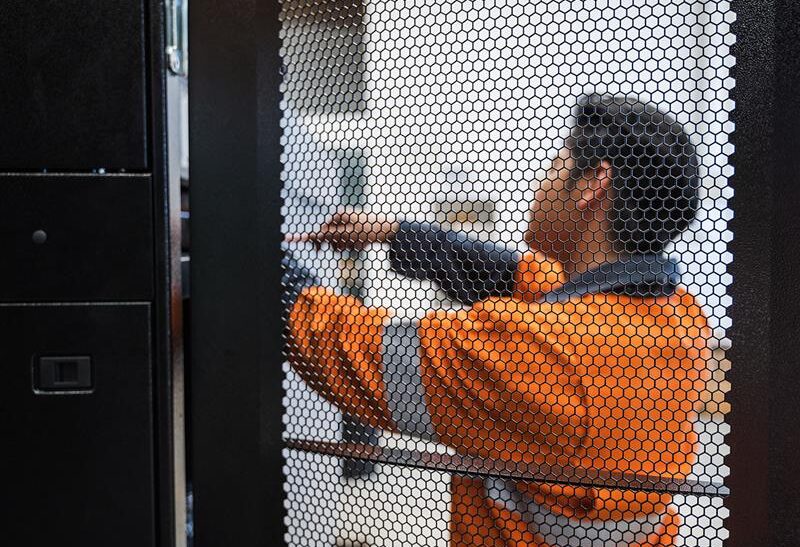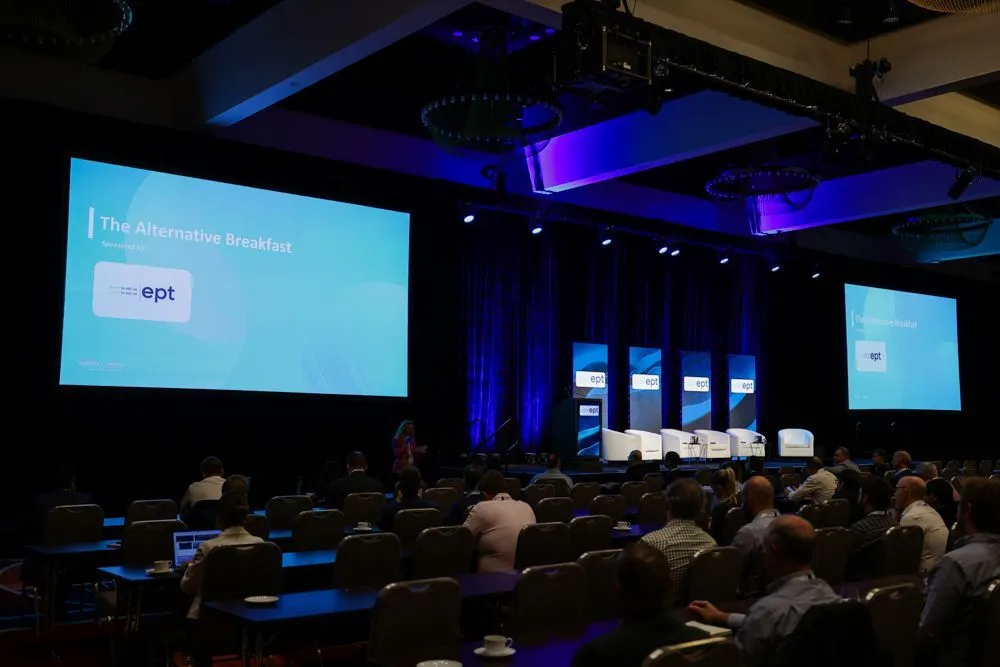Critical power solutions are the backbone of modern infrastructure, ensuring reliable and uninterrupted access to electricity for essential systems. Businesses and institutions simply cannot afford power outages that disrupt operations, compromise safety, or damage sensitive equipment.
Critical power solutions bridge the gap, offering tailored systems to prevent downtime and maintain operational efficiency. Naturally, it’s also important to make sure that you have the right people to make the whole thing work.
Defining Critical Power Solutions
Critical power solutions encompass a range of systems and services designed to provide consistent and dependable electrical power. These solutions often combine hardware, software, and engineering expertise to ensure the seamless delivery of electricity, even during grid failures or other disruptions.
Core Components
- Uninterruptible Power Supplies (UPS): These devices provide immediate backup power when the primary source fails, protecting sensitive equipment from surges and outages.
- Generators: Designed to take over during extended power outages, generators ensure sustained energy supply for critical operations.
- Battery Storage Systems: Advanced batteries store energy for use during peak demand or outages, contributing to both reliability and efficiency.
- Power Distribution Units (PDUs): These devices manage and distribute electrical power to various systems, ensuring optimal usage and safety.
Why Are Critical Power Solutions Important?

In a world increasingly dependent on technology, power disruptions can lead to catastrophic consequences. From hospitals relying on life-saving equipment to data centres housing vital information, maintaining a steady power supply is non-negotiable.
Key Benefits
- Minimised Downtime
Power outages can halt operations, leading to financial losses and reputational damage. Critical power systems ensure uninterrupted productivity, even during unforeseen disruptions.
- Enhanced Equipment Protection
Sensitive electronic devices are vulnerable to power surges and fluctuations. UPS systems and PDUs regulate voltage, extending equipment lifespan and reducing maintenance costs.
- Safety and Compliance
Many industries, such as healthcare and manufacturing, operate under strict safety and compliance standards. Reliable power solutions help meet these regulations by maintaining operational consistency.
- Cost Efficiency
While the initial investment in critical power systems can be significant, the long-term savings from preventing downtime, equipment damage, and lost productivity are invaluable.
Applications Across Industries
Critical power solutions are not one-size-fits-all. Each industry has unique requirements, and the systems must be tailored to meet specific demands.
Healthcare
Hospitals and medical facilities depend on critical power to operate essential equipment such as ventilators, imaging machines, and surgical tools. In emergency situations, uninterrupted power can mean the difference between life and death.
Data Centres
The digital economy relies heavily on data centres, where even a few seconds of downtime can result in significant losses. Critical power systems ensure servers, storage devices, and networking equipment remain online at all times.
Telecommunications
Telecom providers must maintain seamless connectivity for millions of users. Critical power solutions support the infrastructure needed to handle high data loads and ensure uninterrupted communication.
Industrial Operations
Manufacturing plants, mining sites, and other industrial facilities rely on stable power for heavy machinery and automation systems. Critical power solutions prevent costly production delays caused by outages.
The Role of Monitoring and Maintenance
Critical power systems are only as reliable as their maintenance schedules and monitoring capabilities. Regular inspections, system testing, and real-time monitoring are essential for optimal performance. All of these require expertise and experience, which would only be possible by hiring the right people.
Preventative Maintenance
Routine checks can identify potential issues before they escalate, ensuring uninterrupted power supply and extending the life of the equipment.
Remote Monitoring
Advanced software solutions allow for real-time monitoring of power systems, enabling quick responses to anomalies and improving overall efficiency.
Sustainable and People-First Approaches
The growing emphasis on sustainability has reshaped the critical power landscape. Companies are increasingly incorporating eco-friendly practices into their operations.
Renewable Energy Integration
Battery storage systems paired with renewable sources like solar or wind energy reduce dependency on traditional power grids, lowering carbon footprints.
People-First Solutions
Leading providers, such as EPT, focus on designing systems that prioritise user experience, safety, and efficiency. They supplement this by hiring and then training highly skilled professionals. This approach ensures that businesses not only meet their power requirements but also foster a positive impact on communities and the environment.
Choosing the Right Critical Power Solution

Selecting a critical power solution involves evaluating your organisation’s specific needs and future growth potential. Key considerations include:
- Power Requirements: Assess the total energy demand of your operations, including peak loads and backup needs.
- Scalability: Choose a system that can grow with your business to avoid costly upgrades later.
- Reliability: Opt for trusted providers with proven track records in delivering robust and dependable solutions.
- Customisation: Ensure the solution can be tailored to address your unique operational challenges.
Embracing the Future of Critical Power
The importance of reliable electricity will only grow as industries continue to digitise and automate. With advancements in renewable energy, battery storage, and AI-driven monitoring systems, the future of critical power solutions looks increasingly innovative and sustainable. With the right people to keep it all running smoothly, this is practically guaranteed.
Whether you’re a healthcare provider, a data centre manager, or a manufacturer, investing in critical power systems is not just a choice—it’s a necessity for maintaining operational excellence and staying ahead in a competitive market.













